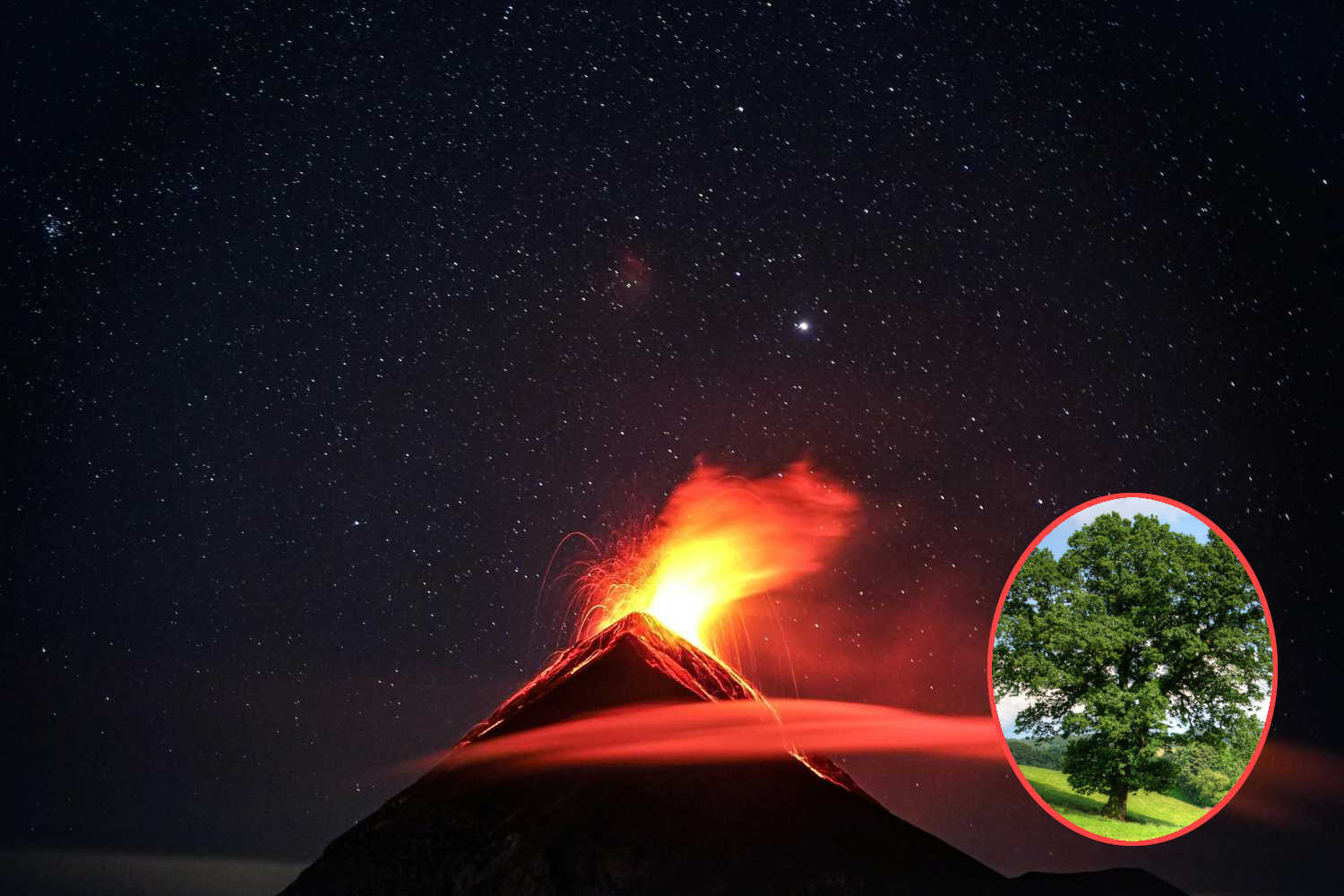Scientists use satellite technology to detect CO₂-induced changes in tree leaves near volcanoes, creating innovative early warning systems for eruptions

Trees can become natural sentinels of volcanoes, and today scientists are able to listen to them better than ever thanks to new satellite technologies. When a volcano prepares to erupt, the magma rising toward the surface releases carbon dioxide (CO₂) into the environment.
This invisible gas is absorbed by trees growing nearby, causing physiological alterations in their leaves. The leaves become more green and reflective, subtle but visible changes from space.
A recent joint study between NASA and the Smithsonian, conducted in Chile and Costa Rica, has demonstrated that it’s possible to detect these changes through satellite observation of vegetation. This new approach represents an important innovation in volcano monitoring, especially in remote or hard-to-access areas, where millions of people could be at risk. Although it’s not an infallible system, plant analysis effectively integrates seismic and volcanic gas measurements, improving early warning systems.
Trees as scientific forecasting tools
Strengthening this strategy is the AVUELO scientific campaign, a NASA initiative for calibrating hyperspectral data obtained from satellites. In February 2025, AVUELO collected data in Panama and Costa Rica, using the AVIRIS-3 instrument mounted on a King Air aircraft. The device captured hyperspectral images of terrestrial and marine ecosystems with resolution up to 3.3 feet, documenting forest areas of every type: managed, secondary, old-growth, and coastal.
In Costa Rica, the campaign focused on Rincón de la Vieja volcano, where high natural CO₂ concentration allowed researchers to study the behavior of vegetation under stress conditions. In parallel, researchers collected over 900 leaf samples from more than 400 plant species, analyzing their reflectance spectra and functional traits. These measurements help connect aerial images with tree species identity, precisely mapping over 370 acres of forest.
Thanks to these synergies between technology and nature, trees are becoming scientific forecasting tools. Not only do they tell us about environmental health, but they could also save human lives by announcing, well in advance, a volcano’s fury.
Source: AVUELO
